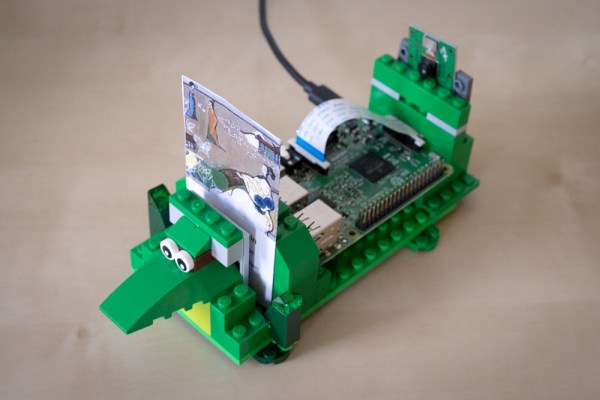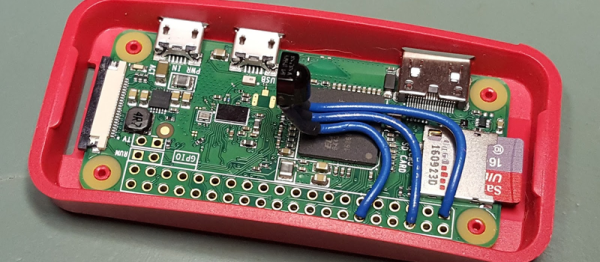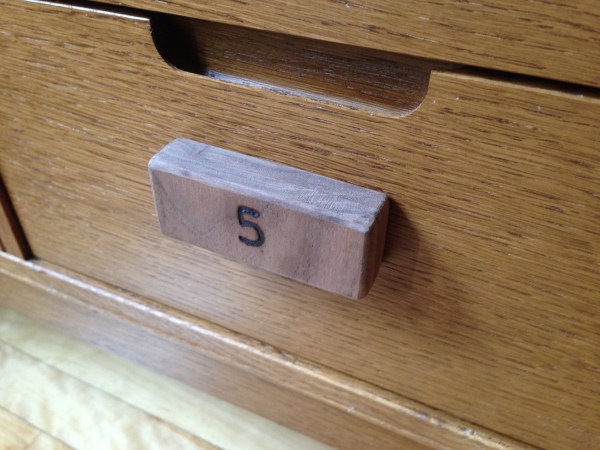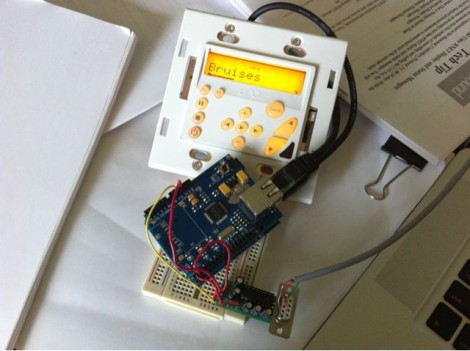When [Chris Campbell]’s children wanted to play an album in the background over dinner, switching the outputs on his family’s Sonos sound system was perhaps too involved for their budding mastery of technology. This got him thinking about using kid-friendly inputs so they could explore his music collection. Blending QR codes, some LEGO, and a bit of arts and crafts, a kid-friendly QR code reader media controller comes out!
Working with a Raspberry Pi 3 Model B and a cheap camera, [Campbell] whipped up some code to handle producing and reading the QR codes — though he’s running the media server on another computer to maintain fast response times. Once [Campbell] had his QR codes, he printed them out and got his kids involved in cutting and gluing the double-sided cards. Additional cards access different functions — starting a playlist queue, switching output channels, and full album playback, among others. Cue spontaneous dance-parties!
Continue reading “A Jukebox For The 21st-Century Kit Blends Raspberry Pi, Sonos, QR Codes”


















